Give attendees experiences, not things

Branded pens, tee shirts, mugs, tote bags, water bottles, and other tchotchkes are scattered around my home. Piled on shelves, they are eventually consigned to oblivion without a thought. Yes, it’s hard to attend a typical conference and not walk away with schwag.
All these promotional “things” cost organizers and sponsors significant money. Is this the best way to spend money on attendees?
I’d argue—and research backs me up—that providing relevant, immersive, interactive experiences instead of presents leads to superior long-term outcomes for both participants and conference stakeholders.
Cornell psychologists Thomas Gilovich and Amit Kumar found that:
“…experiential purchases (money spent on doing) tend to provide more long-lasting hedonic benefits than material purchases (money spent on having…”
“…the satisfaction [experiences] provide endures by fostering successful social relationships, by becoming a more meaningful part of one’s identity, by being less susceptible to unfavorable and unpleasant comparisons, and by not lending themselves to deflating regrets of action.”
—We’ll Always Have Paris: The Hedonic Payoff from Experiential and Material Investments, Thomas Gilovich and Amit Kumar
Let’s look at the benefits of providing great experiences at conferences.
Fostering successful social relationships
Giving everyone the same tee shirt to wear at an event doesn’t generally foster anything except a kind of uniformity. But have you ever kept an event-themed tee shirt and worn it with pride long after the event was over? If so, you’re undoubtedly doing so because the tee shirt is a representation and reminder of a great experience. For example, that Feb. 14, 1968, amazing Grateful Dead concert at the Carousel Ballroom, or the communal excitement of Spot-The-Fed at Def Con 15 that says to the world, “I was there! Were you?”
Experiencing something remarkable together bonds participants. For example, it’s no accident that many of the folks who participated in EventCamp 2010 and EventCamp East Coast are still in touch years after these experimental and experiential event industry conferences. We participated in something new together, and the memories and connections made still have power.
Powerful experiences have few downsides
Part of the reason we seem to get such little enduring satisfaction from possessions is that we quickly habituate to them. That moment when you unbox the latest iPhone you’ve just bought may be exciting; using it six months later, not so much. Even if an experience is negative, going through it with others provides bonding.
Everyone who was present remembers the communication problems that surfaced at the close of EventCamp Twin Cities in 2011—either because they were helpless with laughter at the comic scene that unfolded or because they were frantically trying to make things work. As Gilovich and Kumar say, “Even a bad experience becomes a good story.”
Fear Of Missing Out motivates!
Finally, research indicates that Fear Of Missing Out (FOMO) can be an important motivator for experiential sessions at events. Again, Gilovich and Kumar: “…material purchases tend to prompt regrets of action, whereas experiential purchases are more likely to lead to regrets of inaction.”
Translation: Marketing the appropriate, exciting, and fun experiences you will be offering at your conference is a much more effective way to attract registrants than promising them schwag.
To conclude
I have seen so many useful, important, and long-term connections made through relevant, experiential, participatory conference activities. The resulting connected souls become champions of your event: the core of an engaged and loyal conference community that returns year after year and encourages other peers to attend. Investing in experiences, not things, at your events is a smart choice. So, the next time you’re considering providing promotional items to attendees, you might want to allocate some or all of your schwag budget to well-designed event experiences instead.
Photo attribution: Flickr user shahiran83

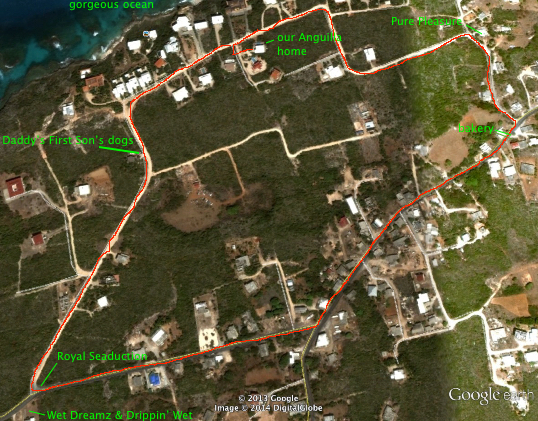
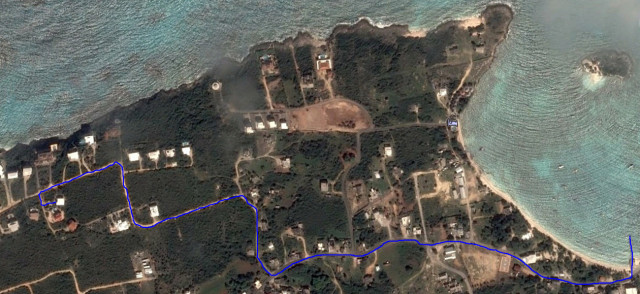
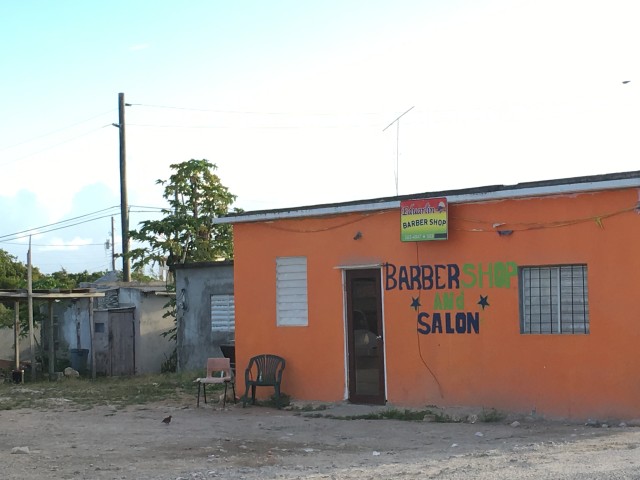

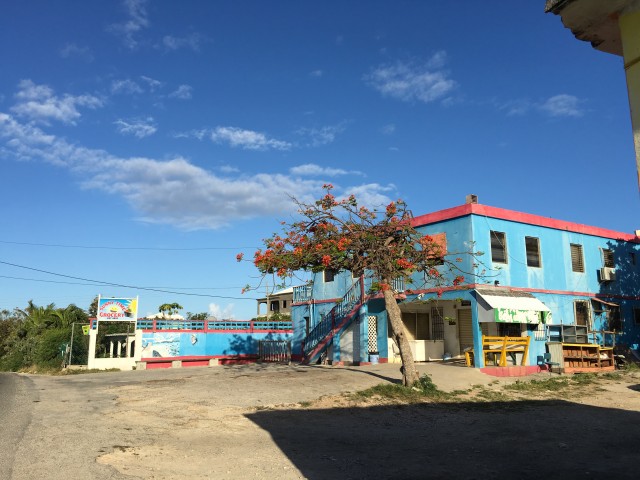


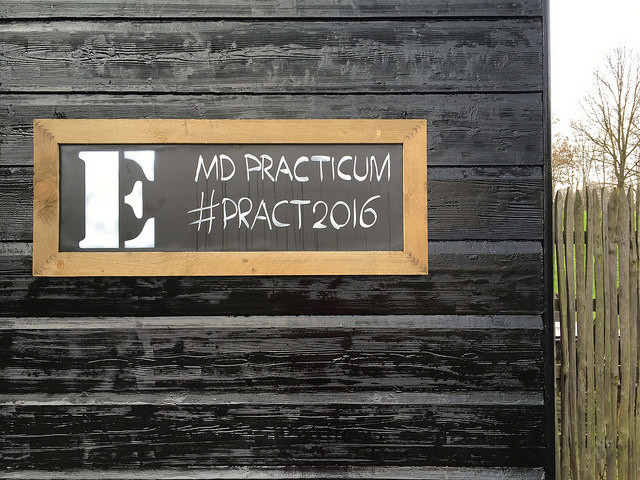 I’ve returned from a wonderful 48-hour whirlwind of experiments and play with 30 meeting designers in Utrecht, The Netherlands. We came from Europe, South America, Slovakia, and the U.S. (me) to learn, share, and connect at the first Meeting Design Practicum, hosted by Eric de Groot and his merry gang. Here are nine learnings from the first Meeting Design Practicum.
I’ve returned from a wonderful 48-hour whirlwind of experiments and play with 30 meeting designers in Utrecht, The Netherlands. We came from Europe, South America, Slovakia, and the U.S. (me) to learn, share, and connect at the first Meeting Design Practicum, hosted by Eric de Groot and his merry gang. Here are nine learnings from the first Meeting Design Practicum.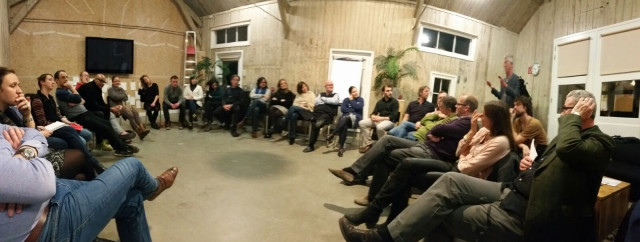 I can’t give a complete survey of everything that happened at the Practicum. For one thing, I couldn’t attend every Practicum session because we often had to choose between simultaneous sessions. In addition, some of the important takeaways were already familiar to me, so I don’t include them here. Rather, I’ll share new insights that made an impression on me during our three days together. I apologize for not attributing them to specific people; suffice it to say that every single participant brought important insights and contributions to our gathering.
I can’t give a complete survey of everything that happened at the Practicum. For one thing, I couldn’t attend every Practicum session because we often had to choose between simultaneous sessions. In addition, some of the important takeaways were already familiar to me, so I don’t include them here. Rather, I’ll share new insights that made an impression on me during our three days together. I apologize for not attributing them to specific people; suffice it to say that every single participant brought important insights and contributions to our gathering.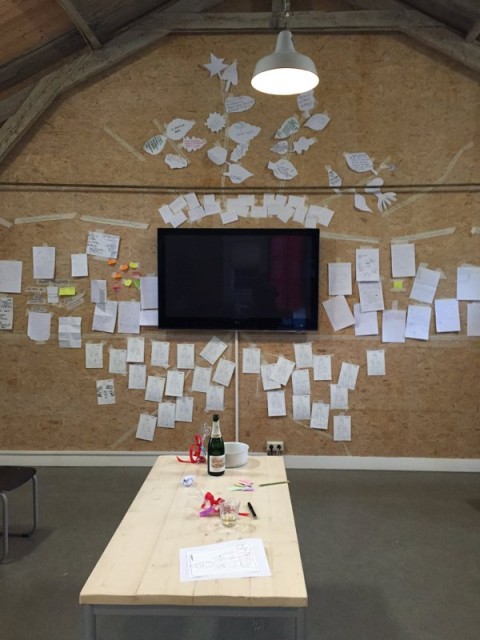
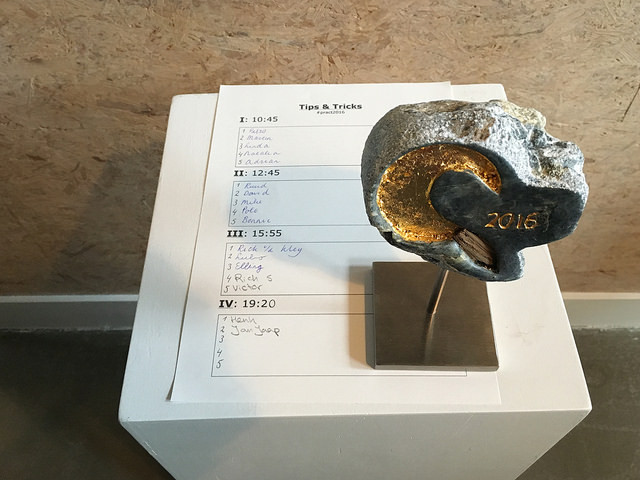
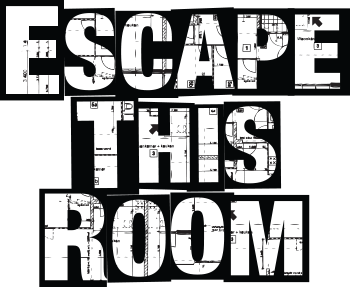
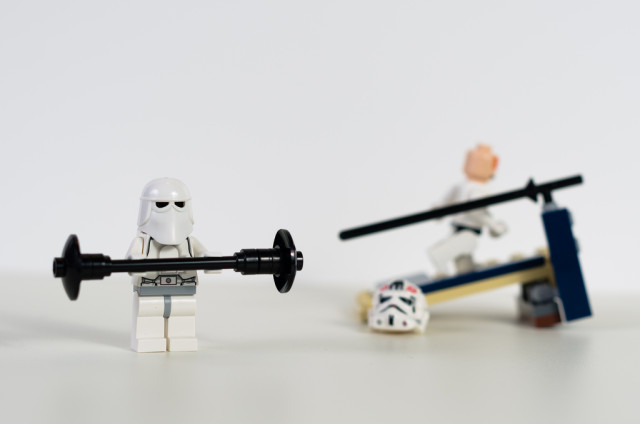 Understanding the psychology of motivation can help us create better event outcomes. I’ll illustrate with a story about unusual traffic on this very website…
Understanding the psychology of motivation can help us create better event outcomes. I’ll illustrate with a story about unusual traffic on this very website…
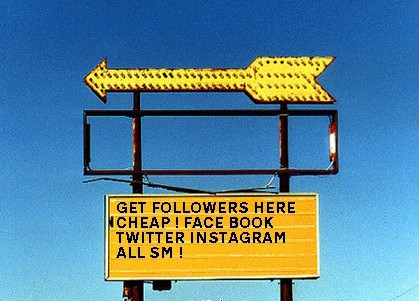
 In June 2016 I stepped down as President and Executive Director of
In June 2016 I stepped down as President and Executive Director of  Ten minutes after I’d finished facilitating a large national association meeting hour-long fishbowl sandwich discussion on solutions for a persistent industry problem, the conference education director walked in. His jaw dropped. “The attendees are still here talking to each other! That never happens!” he exclaimed.
Ten minutes after I’d finished facilitating a large national association meeting hour-long fishbowl sandwich discussion on solutions for a persistent industry problem, the conference education director walked in. His jaw dropped. “The attendees are still here talking to each other! That never happens!” he exclaimed.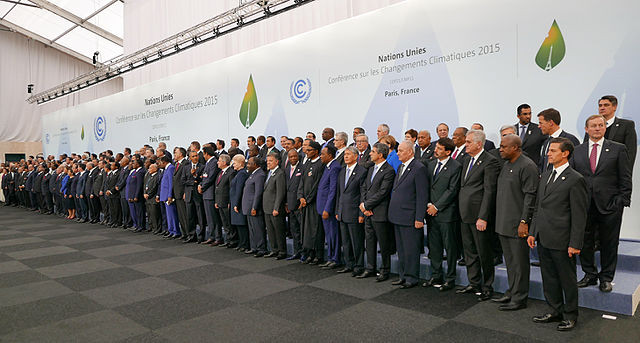
 One of the hardest things for me to do is to shut up and listen.
One of the hardest things for me to do is to shut up and listen. Should we play music at conference socials?
Should we play music at conference socials?